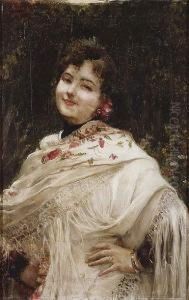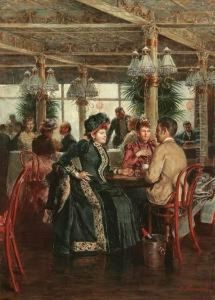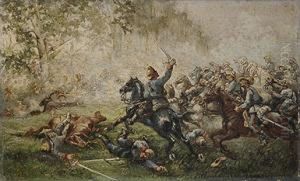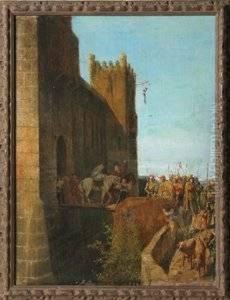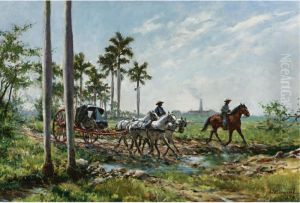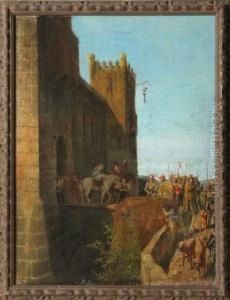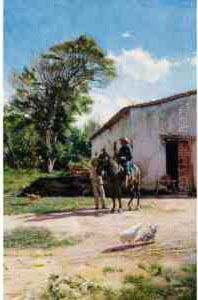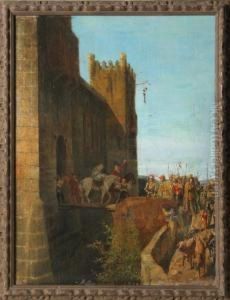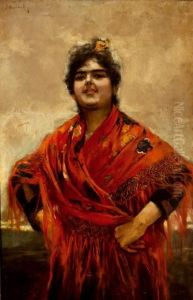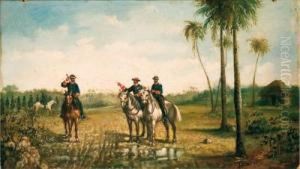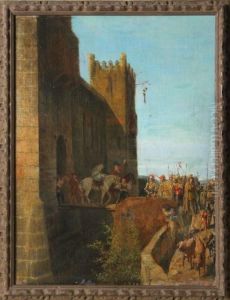Armando G. Menocal Paintings
Armando Garcia Menocal was a prominent Cuban painter born on December 14, 1863, in the city of Matanzas, Cuba. He showed an early interest in art and pursued his passion by studying at the San Alejandro Academy in Havana, which is one of the oldest and most prestigious art schools in Latin America. Menocal was particularly known for his talent in historical painting, a genre that he embraced with a strong sense of nationalism and pride in his Cuban heritage.
Menocal's education further advanced when he traveled to Spain and Italy, where he was greatly influenced by the European masters of painting. His work is characterized by a meticulous attention to detail and a commitment to realism, which was a popular style of painting during the 19th century. He became renowned for his historical canvases that depicted significant events in Cuban history, often imbued with a romantic and idealized vision that reflected the spirit of the Cuban people and their struggles for independence.
Throughout his career, Armando Menocal received numerous accolades and was a respected figure in the Cuban art scene. He was a professor at the San Alejandro Academy, where he influenced many young Cuban artists. His legacy includes not only his contributions to Cuban art but also his role as an educator, shaping the next generation of Cuban painters.
Menocal's work was widely exhibited during his lifetime, and he participated in various national and international expositions. Some of his most famous paintings include 'The Assault on the Fortress of El Morro' and 'The Death of Antonio Maceo,' which depict pivotal moments in Cuban history.
Armando G. Menocal's dedication to his craft and his country remained evident throughout his life. He passed away on January 2, 1942, in Havana, leaving behind a body of work that continues to be celebrated for its historical significance and artistic merit.
